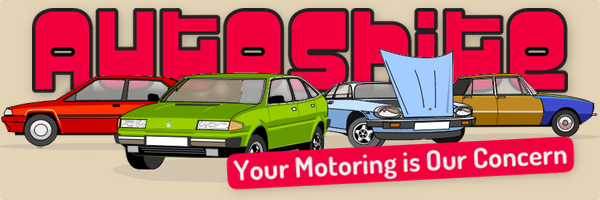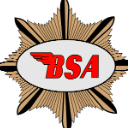Sold Stanky's Geep - fire sale
-
Similar Content
-
- 1,016 replies
- 254,646 views
-
Shite for Sale 1 2
By cms206,
- 49 replies
- 7,698 views
-
- 388 replies
- 49,146 views
-
- 45 replies
- 6,575 views
-
Piers Corbyn’s Vauxhall Cavalier for sale 1 2
By Angrydicky,
- 40 replies
- 5,148 views
-






Recommended Posts
Create an account or sign in to comment
You need to be a member in order to leave a comment
Create an account
Sign up for a new account in our community. It's easy!
Register a new accountSign in
Already have an account? Sign in here.
Sign In Now